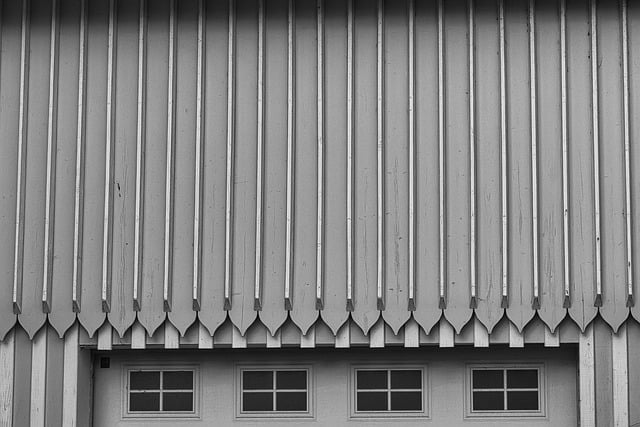Different Types of Roofing Materials: A Comprehensive Guide
When it comes to choosing the right roofing material for your home, it can be overwhelming to navigate through the numerous options available in the market. Each type of roofing material has its own set of advantages and disadvantages, and it is important to consider factors such as durability, cost, and aesthetics before making a decision. In this comprehensive guide, we will explore the different types of roofing materials to help you make an informed choice.
Asphalt shingles are the most commonly used roofing material in the United States, and for good reason. They are affordable, easy to install, and come in a wide range of colors and styles. Asphalt shingles are made from a combination of asphalt and fiberglass, which makes them durable and resistant to fire. However, they have a relatively shorter lifespan compared to other roofing materials, typically lasting between 15 to 30 years.
Metal roofing is another popular choice among homeowners. It is known for its longevity, with some metal roofs lasting up to 50 years or more. Metal roofs are highly durable and can withstand extreme weather conditions, including heavy rain, snow, and high winds. They are also energy-efficient, reflecting heat from the sun and reducing cooling costs. However, metal roofs can be more expensive than other options, and they may require professional installation.
For those looking for a more eco-friendly option, consider a roof made from recycled materials. Recycled rubber or plastic shingles are a sustainable choice that mimics the appearance of traditional roofing materials. These shingles are lightweight, durable, and resistant to mold and mildew. They are also easy to install and maintain. However, they may not be as widely available as other roofing materials, and their lifespan can vary depending on the quality of the recycled materials used.
If you prefer a more natural look, consider a roof made from wood shingles or shakes. Wood roofs are aesthetically pleasing and can give your home a rustic charm. They are also durable and can last up to 30 years with proper maintenance. However, wood roofs require regular upkeep, including periodic cleaning and treatment to prevent rot and insect infestation. They are also more susceptible to fire, so it is important to check local building codes and regulations before installing a wood roof.
For a modern and sleek appearance, consider a roof made from synthetic materials such as PVC or TPO. These materials are lightweight, durable, and resistant to UV rays and chemicals. They are also energy-efficient, helping to reduce heating and cooling costs. Synthetic roofs are easy to install and maintain, and they have a long lifespan of up to 50 years. However, they can be more expensive than other options, and their availability may vary depending on your location.
In conclusion, choosing the right roofing material for your home is a decision that should not be taken lightly. Consider factors such as durability, cost, and aesthetics before making a choice. Asphalt shingles are a popular and affordable option, while metal roofs offer longevity and durability. Recycled materials provide an eco-friendly alternative, while wood roofs offer a natural and rustic look. Synthetic materials are a modern and sleek choice. Consult with a professional roofer to determine the best option for your specific needs and budget.



